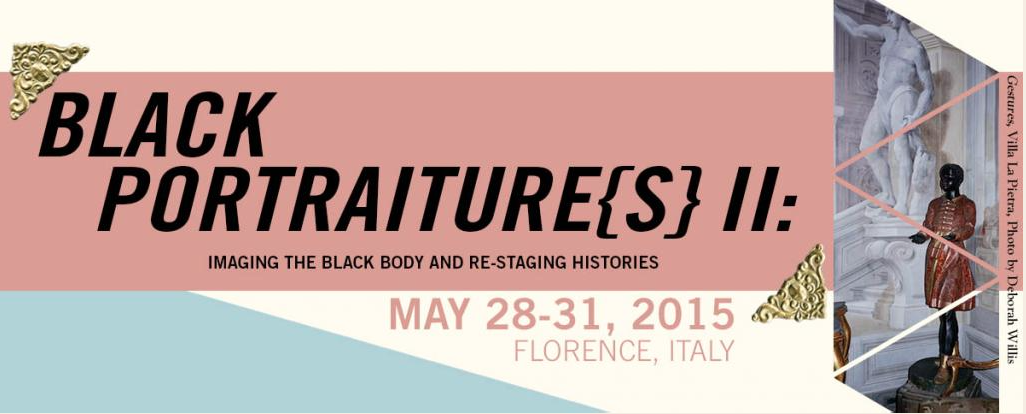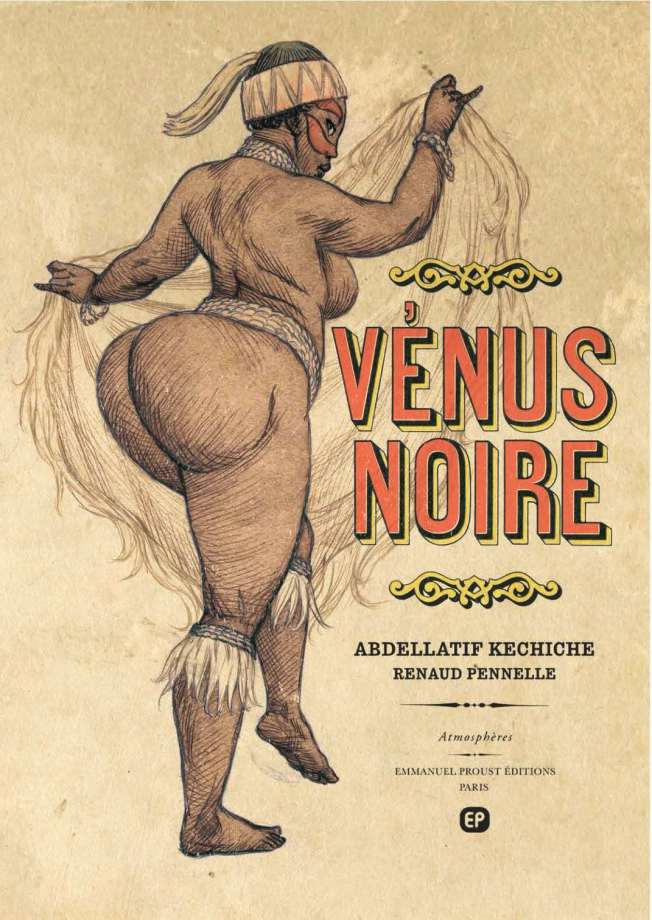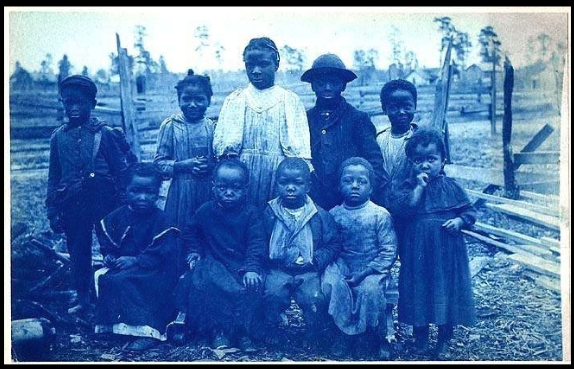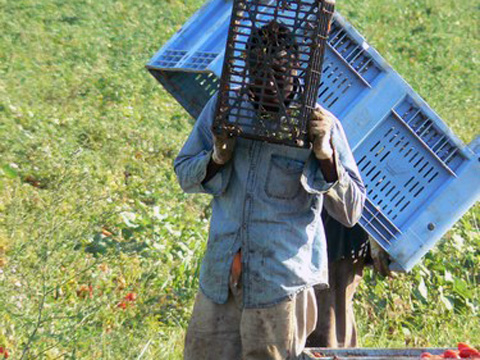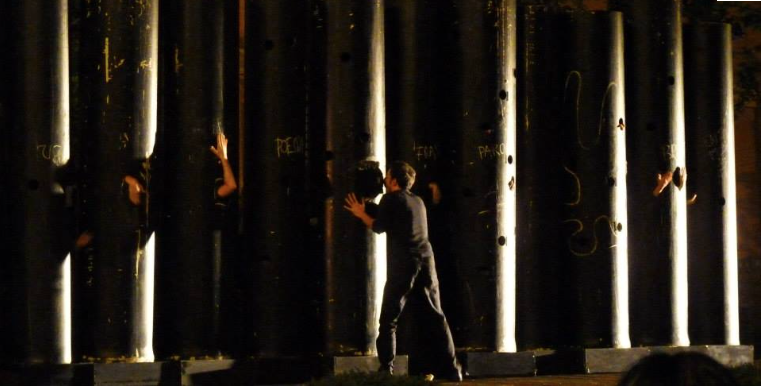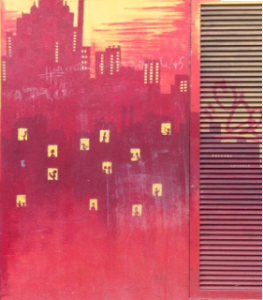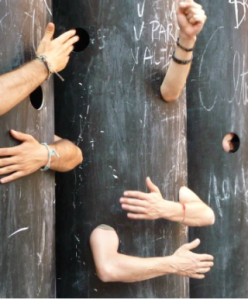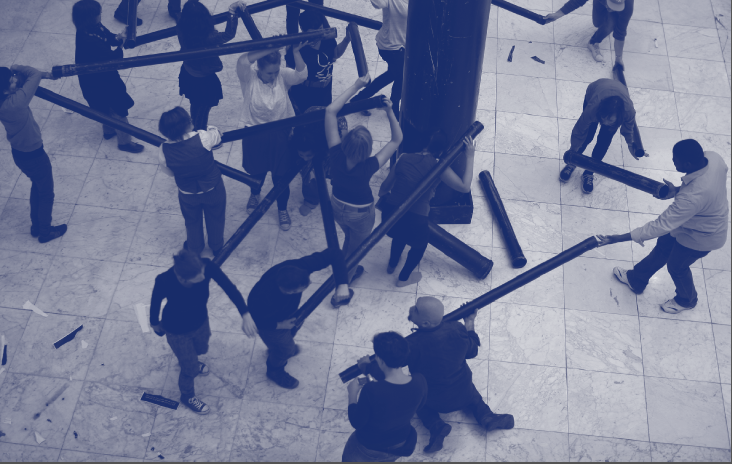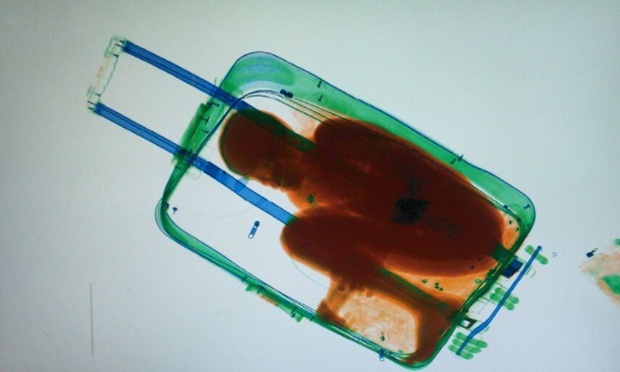In line with previous reporting by The Guardian and other news outlets, Wikileaks just released a classified EU plan for a military operation against people smuggling networks and infrastructure in the Mediterranean, including the destruction of docked boats and operations within Libya’s territorial boundaries.
Monthly Archives: May 2015
Orientalism and the Black Body
Further to my posts on the Black Mediterranean, I signal two interesting events this and the next month, on in Florence, and one in Milan.
The Florence conference and exhibition Black Portraitures II: Imaging the Black Body and Re-staging Histories (28-31 May) offers comparative perspectives on the historical and contemporary role played by photography, art, film, literature, and music in referencing the image of the black body in the West. Reflections include the art collection of NYU’s Villa La Pietra, the historical villa and home of the New York University Florence program where the conference is held -including a collection of ornamental black sculptures known as “Blackamoors” that have become an important colonial trope.
On 14 may-2 June in Milan at the Fabbrica del Vapore, another post-colonial reflection takes place, involving a series of film screenings inspired by Edward Said‘s work on Orientalism. The event is called Notes on Orientalism. Video practices at the age of radical difference and you can find more information here.
Amongst others, the event hosts a screening of Sven Augustijnen‘s Spectres, on the murder(ers) of Patricre Lumumba.
The event also shows Renzo Martens‘ provocative art project ‘Episode III: Enjoy Poverty’, which represents an emancipation programme Martens set up in the midst of the Democratic Republic of Congo’s endless civil war. Mimicking international charity and aid organisations, Martens’ project encourages the local population to reap the benefits of their greatest resource: poverty. The piece is the third in a series of films that, by enacting their own parameters, try to make visible their own complicity in a world obscured by depictions of it.
The colour line
Further to my earlier comment a few weeks ago, which critically assessed Matteo Renzi‘s personification of people smugglers in Libya as the slave drivers of the twenty-first century, I to add two fresh posts that further explore the reasoning behind Europe’s bordering business. On Africa is Country, Enrique Martino interestingly writes how representing people on the move as easy prey for unspecified bands of ruthless traffickers is also a colonial script, because it portrays migrants as ignorant and passive. But their itineraries are also driven by an imperialist history of white people moving deep into the African continent.
And yesterday, opendemocracy.net published a letter signed by 300 slavery and migration scholars, which criticises the EU’s unfolding naval campaign against ‘human traffickers’ in the Mediterranean along the same lines:
[Comparing human traffickers to the slave traders of the 21st century] is patently false and entirely self-serving. (…) [W]hat is happening in the Mediterranean today does not even remotely resemble the transatlantic slave trade. Enslaved Africans did not want to move. They were held in dungeons before being shackled and loaded onto ships. They had to be prevented from choosing suicide over forcible transportation. That transportation led to a single and utterly appalling outcome—slavery.
As I also wrote in the same post, human rights abuses rather occur in the many outsourced host and detention centres, where migrants risk to wither away in oblivion, or worse, are subjected to violence and torture (as has been the case in Libya, but also in Germany and Italy, as of lately).
In two additional posts, Nick De Genova and Harald Bauder reiterate that there is fact nothing natural about migrant’s illegality, but that their illegalization entails an active process of denied protection, involving often intensified efforts to increase migrant’s vulnerability. In other words, governments are complicit in the strategy to deny rights to migrants, resulting in a self-fulfilling spectacle of the border that excludes them from participating in the economies they sustain with their very lives.
As if by accident, Sandro Mezzadra’s public lecture on W.E.B. Du Bois‘ concept of the colour line -a lecture he gave at the annual KritNet conference on Borders, Migration -and Race, was just published online on Voice Republic along with the interventions from Juliane Karakayali and Vassilis Tsianos, Patrizia Putschert and Klen Nghi Ha.
There is a need to broaden the geographical, conceptual debate on the migratory regimes ‘in the crisis’…
Interesting terms that turn up in Mezzadra’s speech are the verticality and the temporality of the border (picking up on the work of Vicki Squire, Robert Latham and others), and the colour line…
Ghetto
I signal a publication by Pietro Floridia, Alicja Borkowska, Rachel Shapiro, Louise Glassier and others, which just came out one Europe’s new ‘ghettos’. The collection is the outcome of an artistic project I participated in during 2013-2015 in seven European cities, and which explored the meaning of ethnic and political closure in Europe’s multicultural urban societies.
At the heart of the project was a desire to redefine the concept ‘ghetto’ in Europe today -a hazardous but also a necessary exercise, as the term continues to occupy a central place in the construction of European, and migrant, identities.
What meaning do we ascribe to the ‘ghetto’? What role does the term play in delineating inclusion and exclusion in Europe’s urban spaces? And how can one narrate people’s intricate -and often contradicting- daily experiences of living in the ghetto in valuable ways?
By using ‘dramatic traces‘ and artistic installations as the method of choice, the project took some distance from the classic sociological studies on the subject. Instead it tried to create an ethnographic & theatrical counterpoint to the often stigmatising and dehumanizing representations that commonly populate public (and academic) discourse. It did so by emphasising the polysemic, subjective and embodied experience of b/ordering processes that characterise citizenship practices in Europe today. To find spaces of freedom, and windows of creativity -despite being enclosed in a seemingly locked space, provided an interesting reflection that emerged from this consciously ‘marginal’ perspective we adopted throughout the project.
Using a series of black pipes of various measures and lengths as props in our workshop, participants could experiment, within a kind of ‘human-sized’ ghetto, the dialectical relationship between enclosure and windows, the art of finding ways out where all seems blocked.
The publication as well as additional material are available here.
Visible/Invisible
Two images, two realities: one, a child hidden in a trolley, on the checkpoint at the Spanish enclave of Ceuta. The other, an artistic picture, by photographer Seba Kurtis.
On 7 may Guardia Civil agents noticed that a 19-year-old woman, reluctant to pass through border controls, was hiding a young child in her trolley. When guards opened the bag, the boy emerged from the suitcase scared and confused, telling authorities that his name was Abou, he was eight years old and from the Ivory Coast.
Seba Kurtis instead is an Argentinian photographer who spent most of his life as a clandestine migrant working on Spanish and Italian construction sites. His pictures are inspired by research he did on the surveillance systems that are used on Europe’s borders, similar to the one that took Abou’s image. Using infrared film, Seba dilated his exposure to metaphorically depict the period people hold their breath inside the container trucks to avoid detection. Migrants wrap their heads inside nylon bags, the kind that people use for their shopping. But other machinery has been installed to intercept their heartbeats, and the X-rays detect any living body traveling across the border.
The caption of a popular newspaper under Abou’s picture was also telling: ‘collapse’ -quoting police forces who claim to be unable to handle the incoming migrant flows.

